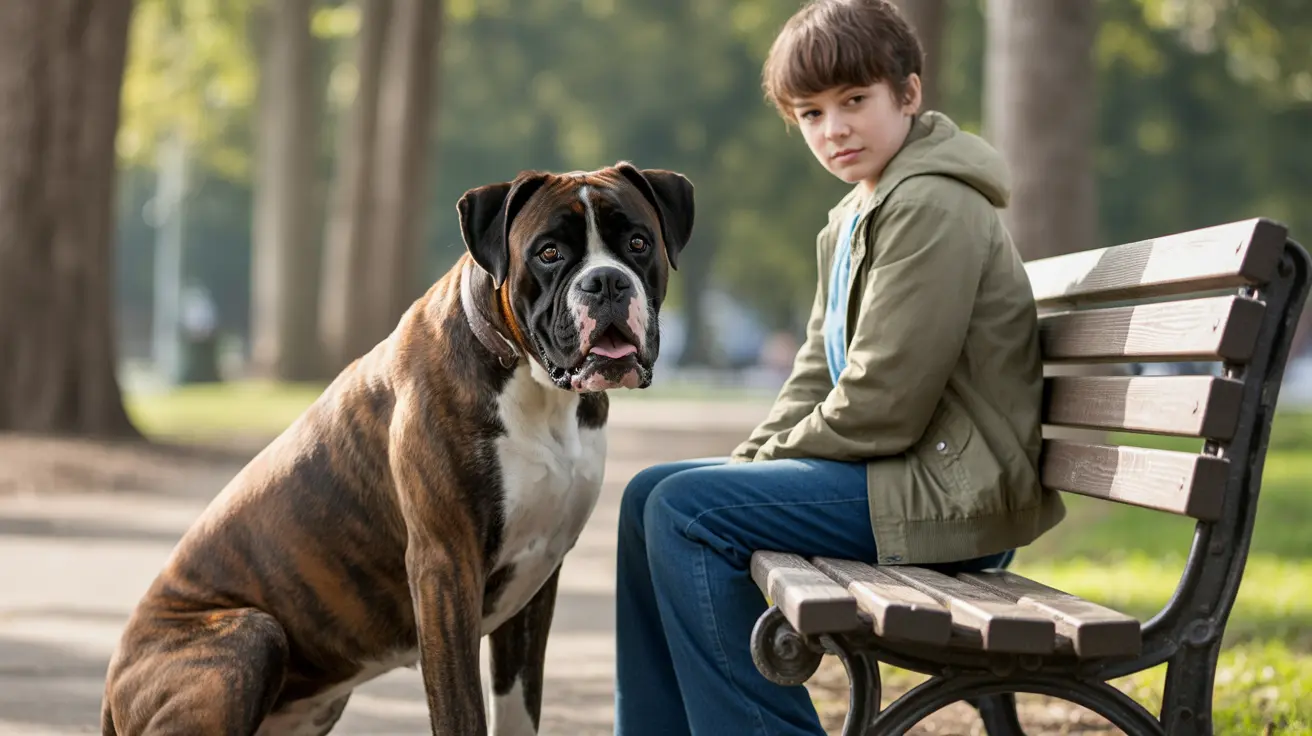Understanding the Genetic Link Between Dogs and Wolves
The question of whether dogs are 98% wolf is a fascinating one, bridging zoology, genetics, and evolutionary biology. Modern dogs (*Canis lupus familiaris*) and wolves (*Canis lupus*) belong to the same species, though they're classified as different subspecies. The high genetic similarity between them—approximately
98.8%—emphasizes this close relationship.
Shared Origins in the Canidae Family
Dogs and wolves are both members of the family Canidae. This family includes other canids such as foxes, jackals, and coyotes. Among these, dogs are most closely related to gray wolves. Dogs were domesticated from ancient, now-extinct wolves more than 15,000 years ago, possibly even as far back as 30,000 years.
Dogs and Wolves Within Caniformia
Both dogs and wolves fall under the suborder
Caniformia, a group of carnivorous mammals known as "dog-like" carnivorans. This suborder also includes:
- Bears (Ursidae)
- Mustelids (e.g., weasels, otters)
- Pinnipeds (seals, sea lions, walruses)
- Procyonids (raccoons)
- Mephitids (skunks)
This classification highlights that
dogs are more closely related to bears than to cats, who belong to the Feliformia suborder. While this connection might seem surprising, it reflects millions of years of shared evolutionary history within Caniformia.
Genetic Similarity: What Does 98% Mean?
When scientists say that dogs are 98% similar to wolves, they refer specifically to shared genome sequences. That remaining 1.2% difference makes a considerable impact in terms of behavior, appearance, and domestication traits:
- Behavior: Dogs have evolved to be more sociable, trainable, and responsive to human cues.
- Diet: Dogs possess more genes related to starch digestion, adapting them to human-provided diets.
- Communication: Dogs bark more frequently and with a more diverse range of sounds compared to wolves.
These changes underscore the impact of
selective breeding and
domestication on the canine species.
The Domestication Journey
Domestication of dogs was likely not a one-time event. Instead, it involved multiple populations of ancient wolves gradually habituating to human settlements. Over time, humans began selecting traits for temperament, utility, and appearance, shaping the countless dog breeds we see today.
Difference in Physical Traits
Even with their close genetic makeup, dogs and wolves differ significantly in physical structure:
- Jaw strength and skull size: Wolves have stronger jaws and broader skulls.
- Body size: Dogs range widely in size, while wolves are more uniform and larger overall.
- Coat and ears: Many dog breeds display floppy ears and curly tails, which are rare in wild wolves.
Why This Matters for Pet Owners
Understanding the closeness between wolves and dogs can impact how we care for our pets. While dogs have evolved to live with humans, some instincts remain:
- Pack behavior: Dogs thrive in social settings and often bond strongly with their humans.
- Territoriality: Like wolves, dogs can be protective of their space.
- Communication: Dogs use body language and vocalizations, many of which have evolved from wolf ancestors.
While you shouldn’t treat your dog like a wild animal, recognizing the deep-rooted evolutionary behaviors can help in training, feeding, exercise, and medical care.
Conclusion
So, are dogs 98% wolf? The answer is
yes, in terms of genetic makeup. However, that small percentage difference has dramatic effects due to domestication and human intervention over thousands of years. The evolution of dogs from their wolf ancestors is one of the most notable examples of human–animal relationships, showing how deeply we're intertwined with the natural world.





